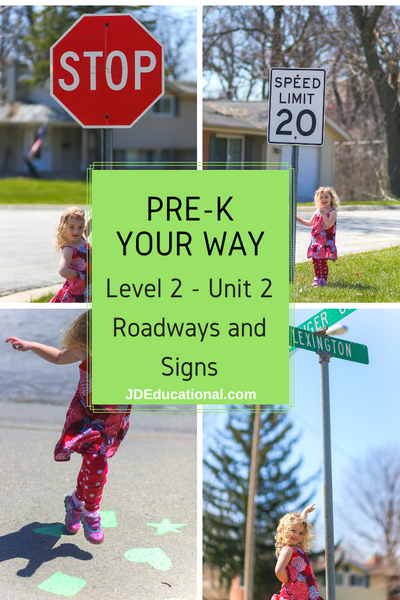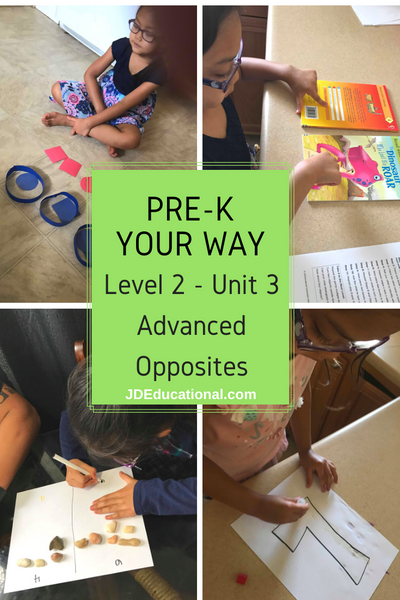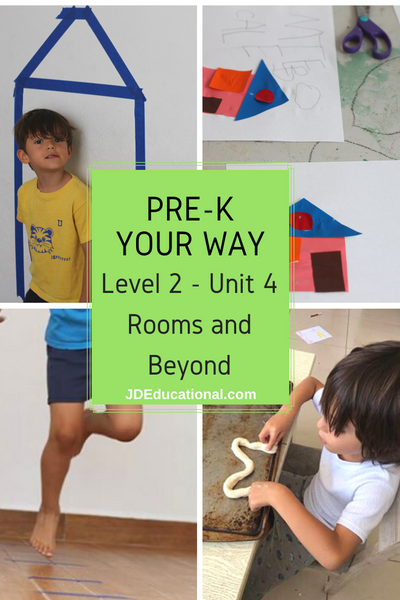Do you ever feel like your child has "selective hearing?" One moment they respond to you and the next minute they don't. Funny thing... when they don't respond it usually pertains to something they don't want to do!
Listening is a parents dream!
Imagine - a child that follows instructions! A child that responds to you every time you talk to them!

You are probably thinking.. is this a joke?
Nope, it is real. And although no one is perfect (including children), and these techniques may not work 100% of the time, they surely will work most of the time.
5 Steps to a Child that Listens:
1. What is your child doing?
When you are ready to talk to your child, make sure you talk to them at the right time. If they are in the middle of playing a game, building blocks, coloring a picture or watching a tv show, wait till they are done. If you can't wait until they are done, give them a warning that you will need their attention soon.
How to give a warning:
Put a timer on for 5 minutes (either on the kitchen stove, an egg timer or a visual timer). Make sure to tell your child that they will need to listen to your directions when the buzzer goes off.
Why is the warning important?
Think about how often your child interrupts you (and how frustrating it can be at times)! Of course you are interested in helping them anytime, anywhere. But imagine your child coming up to you while you are frantically writing a shopping list, putting clothes in the dryer or putting your make up on and saying: "Mom, I need help with my shoes. I can wait 5 minutes till you are ready."
Is that a dream?! If you model this type of interaction with your child, they will learn to respect you the same way!
2. How are you giving the direction?
When your child is busy and you want them to do something, do you yell the instruction from the other room? How about in the same room while they are coloring and you are doing dishes.
It is easy for children to get caught up in what they are doing. Sure they may "not be hearing" you on purpose, but they may also not be hearing you at all. To make sure your child hears you and responds, follow these simple steps:
- Walk over to them.
- Get down to their level.
- Touch them on the shoulder.
- Make eye contact.
- Give them a direction.

3. Are you using words they understand?
After you have made eye contact and have your child's full attention, give them simple directions that they understand. Giving too many directions at once can be overwhelming.
Try giving directions to your child based on their developmental stage. To determine the best way to give your child directions, follow these age-based guidelines in my other blog post here. This blog breaks down appropriate ways to give directions for children between the ages of 6 months a 5 years old) by developmental stage.
4. Explain what they will do next.
If children are enjoying an activity, it is understandable that they don't want to stop. Tell your child what they are going to do next. Example: "It's time to put the puzzle away. Now we are going on a walk to the park!"
If you want your child to do something that is not highly preferred to them (such as taking a bath or getting in the car), add a little step in between.
Examples:
- "It's time to put the puzzle away. It's time to hop on one foot to the bathtub!"
- "It's time to put the book away. Pick out a color page to color in the car while we drive to the store."

5. Remind them that they will have the opportunity to do this again!
Young kids don't want to leave a favorite activity because they don't know when they will have the chance to do it again. If you ask your child to leave the park, let them know the next time they will come back.
If you are asking your child to go on an errand, but they are in the middle of creating a project (art, building blocks, pretend play, etc) have them place their project in a "special spot" they can return to when you return home.
This makes transitions easier because your child knows they can come back to what they want to do later.

Note: * If you want them to listen because they are doing something unsafe, follow these two steps:
1. Tell them why it's not safe:
- "It's not safe to _________."
- "I need to keep you safe until you can ______ by yourself."
- "Until you can stop yourself, I'll need to help you."
- "I don't want ________ broken (changed, damaged, lost...)."
2. Then redirect them to something they can do:
- "I can let you play with ___________."
- "You can do ________."
- It's okay to __________."
- This would be safe if ____________."
Do you have a little one who gets upset when you ask them to do something? Teach them how to communicate their feelings, calm down and problem solve with you. Learn how this Soothing Sammy Program can help.











